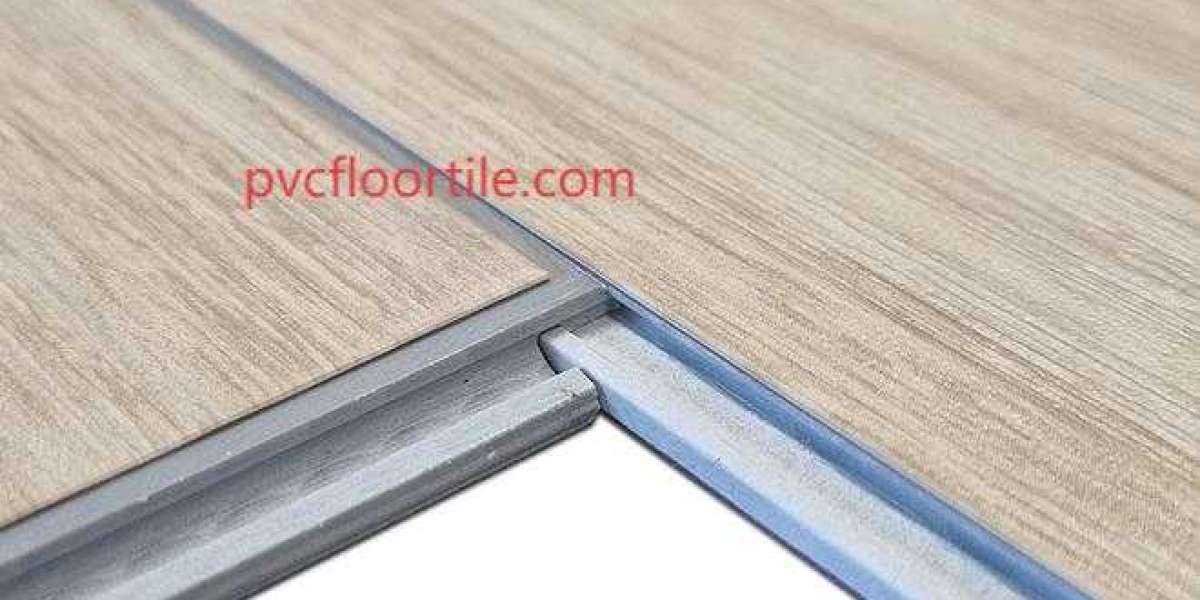In the overlooked hinterlands where agrarian traditions intersect with modernization imperatives, WPC Flooring Factory emerges as an unlikely catalyst for systemic transformation. These decentralized production hubs digest regional crop residues—rice husks from paddies, cotton stalks from fallow fields, tea bush prunings from mountain slopes—transforming them into premium wood-plastic composite flooring. By anchoring their operations in county seats rather than industrial megaparks, WPC Flooring Factory networks recalibrate rural economies, turning post-harvest waste streams into export-grade surfaces that bear the mineral fingerprints of local geology.
The production process mirrors ecological cycles. Solar-powered grinders pulverize orchard trimmings during daylight, while nocturnal biofuel generators feed on non-recyclable polymer waste from nearby towns. Each batch of flooring becomes a geographic cipher—Jiangxi tiles streaked with red soil particulate, Inner Mongolian variants reinforced with desert-sand epoxy—their compositions mapping the resource DNA of their origins. This hyperlocal approach allows WPC Flooring Factory outputs to function as economic engines, converting underutilized biomass into tactile currencies that fund village schools, microgrid installations, and cooperative farming tech upgrades.
Social innovation thrives through vocational hybrids. Farmers moonlight as raw material scouts, identifying novel composites from hedgerow weeds or eroded topsoils. Retired teachers curate material heritage museums within factory grounds, explaining regional geology through cross-sectional flooring displays. Migrant workers return home to operate digital twin simulation suites, optimizing production flows using AI trained on local climate patterns.
Market validation arrives through symbiotic applications. Provincial capitals commission flood-resistant variants using aquatic weed composites for sponge city projects, while eco-resorts source aromatic camphor-embedded tiles that repel insects naturally. Even overseas green architects seek region-specific flooring containing endemic plant fibers, proving rural innovation can globalize without losing its roots.
click https://www.pvcfloortile.com/product/wpc-flooring/wpc-decking-flooring/ to reading more information








